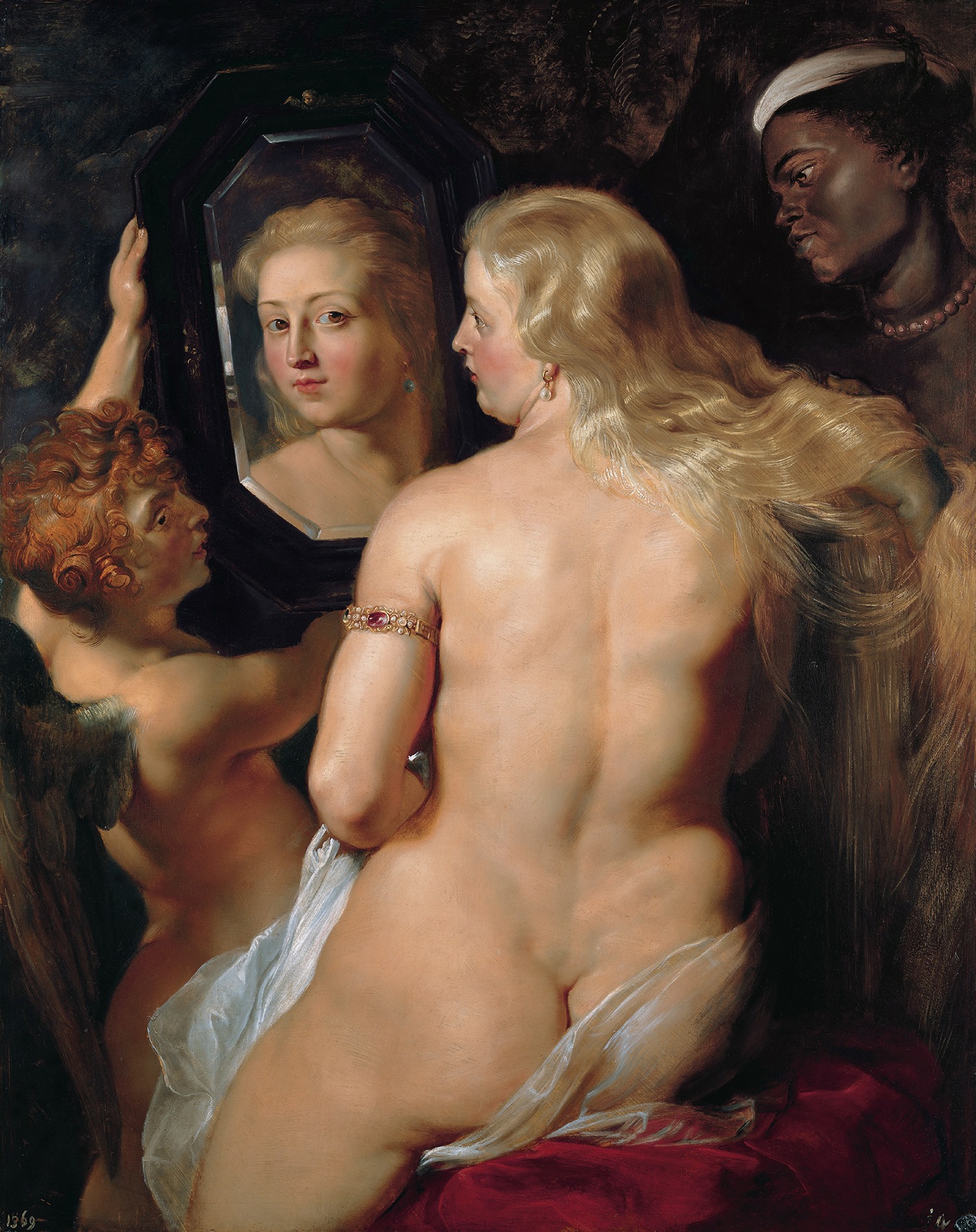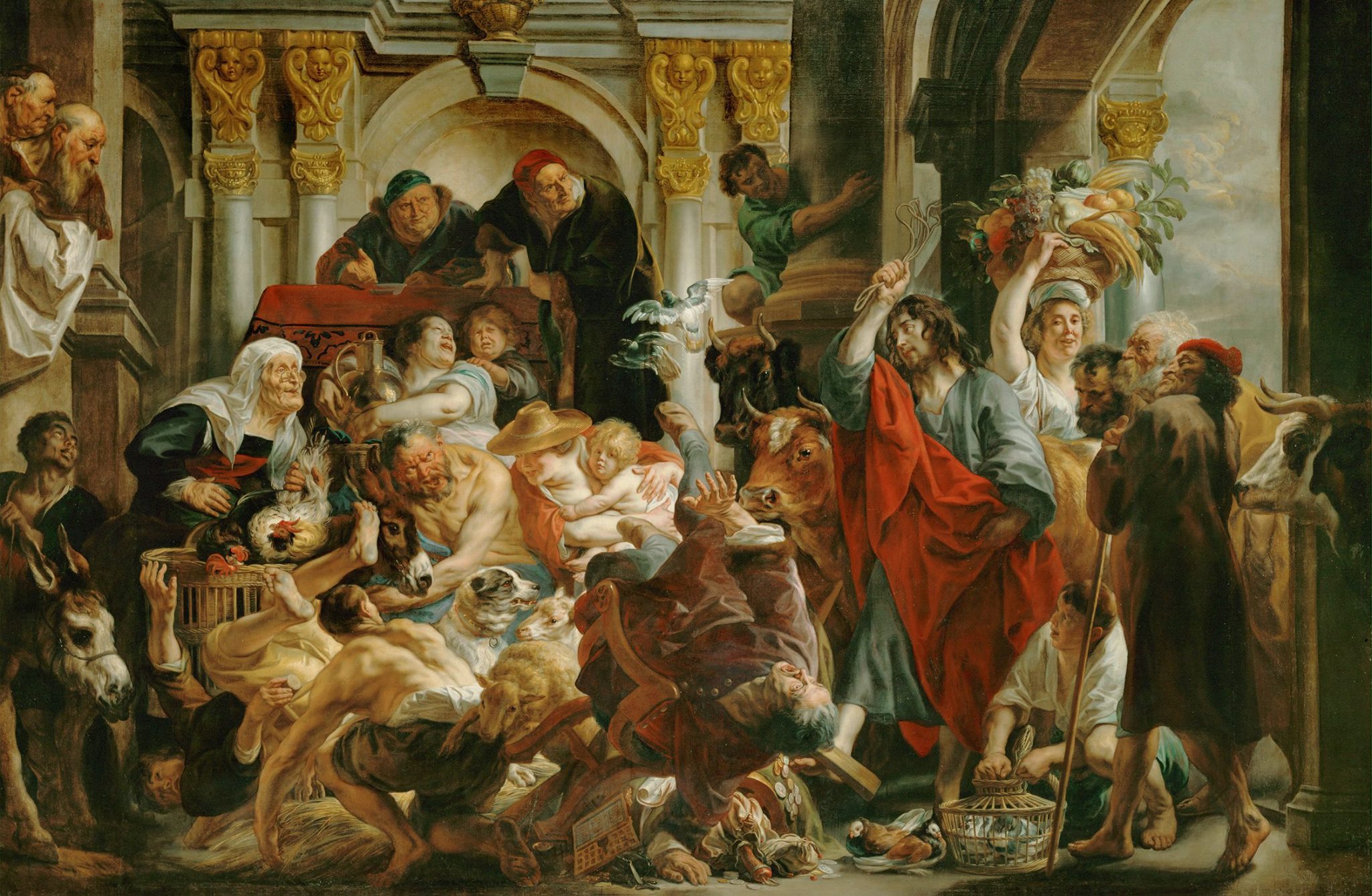With an indefinite style, at times faithful to classicism, Pieter Paul Rubens can actually be defined as an exponent of the Baroque. Let’s discover his artistic career and his experiences around the different courts of Italy and beyond.
Who was Pieter Paul Rubens
Pieter Paul Rubens (Siegen, June 28, 1577 – Antwerp, May 30, 1640) was a Flemish painter. He grew up in Germany with his mother and father, a lawyer, spending his childhood in Cologne, where they took refuge during the Spanish persecution of Protestants. During his adolescence he then moved to Antwerp and here he dedicated himself to study of Latin and literature. Concluded the humanistic path he discovers the passion for art and then begins an apprenticeship with Tobias Verhaecht.
His first official paintings they date back to 1596 and among these we remember a now lost painting entitled “Parnassus” made together with Otto Van Veen. “Original Sin” also dates back to this period, in which there is a classic style, which is now preserved in Antwerp, but also the “Battle of the Amazons” built according to the Anversan tradition and preserved in Potsdam.
The beginning of Pieter Paul Rubens career
After several years of artistic production he decides to leave for Italy studying Titian and Tintoretto in Venice, the city where he also met Vincenzo I Gonzaga who proposed him to become a court painter.
He will maintain this role for the next eight years and will treasure it given that in the Mantuan court there are numerous works collected in the duke’s personal collection.

Subsequently is summoned by the duke in Rome for the realization of some copies of paintings and here he works on the works of Michelangelo and Raphael, but also of the great Caravaggio and Carracci. In 1603 he left at the behest of the Duke of Mantua in Spain and subsequently, after having stayed at the king’s court, he spent a period in Genoa where he made “Portrait of Brigida Spinola Doria” preserved in Washington.
After these numerous journeys, he returns to his homeland and here his style evolves in a decisive way towards a use of color that sees more accentuated light contrasts and a realization of the subjects close to the style of Michelangelo, but made in a not very symmetrical way as can be seen in “Samson and Delilah” a painting preserved at the National Gallery in London .
Pieter Paul Rubens and the great artistic success
He also opens a shop where he hires collaborators with whom to carry out projects. I’m numerous commissions they receive and they vary a lot from each other. Between 1617 and 1618 he created a series of tapestries for Genoese nobles, he was then called to create the ceilings of the church of Antwerp San Carlo Borromeo “and also undertook a long collaboration with the De ‘Medici family.

In fact, in 1621 Maria asked him to paint a series of pictures for the gallery of the Luxembourg Palace and created an allegorical-encomiastic cycle following the typical style of the pictorial style in vogue. A few years later also starts working alongside Paulus Pontius and with him he works on the decorations of the Galleria di Enrico IV and the Uffizi Gallery.
Finally it is also called in the court of Charles I of England where he worked for a few years on commission, creating a series of unforgettable tapestries such as the eight “Achille’s Story”. During his artistic production with some important names of the European aristocracy he showed his desire to combine aspects of classicism with those of the baroque.

